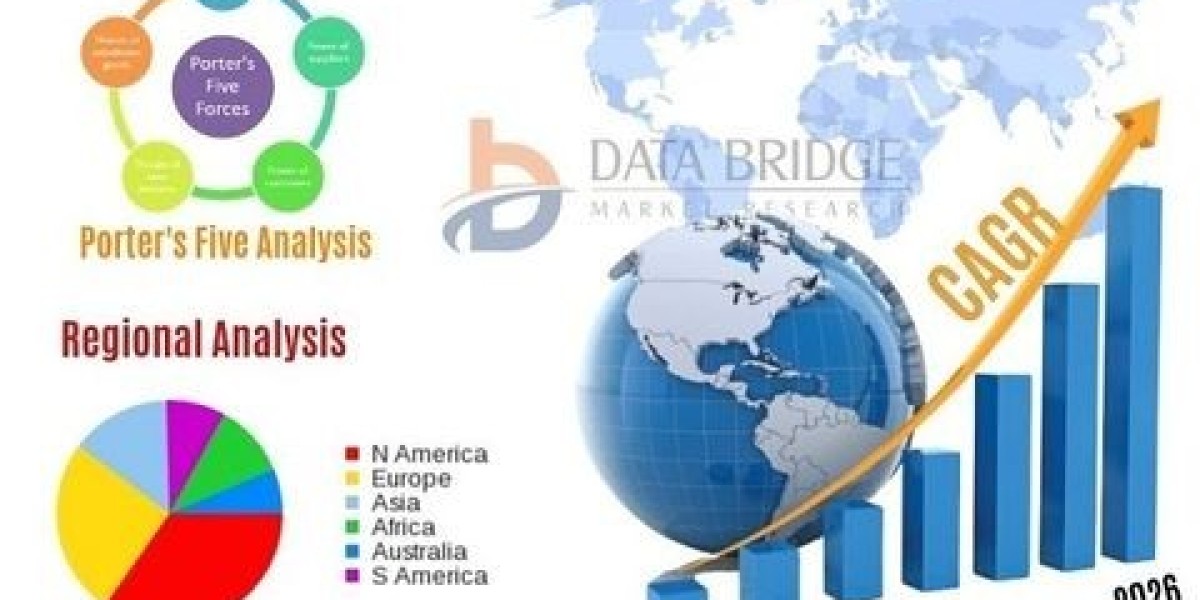| lcd manufacturers |
The first generation of HMI and operator interface terminals focused on allowing users to start and stop equipment, understand how the system is operating, and make appropriate adjustments.
Alarm and event logging, historical data and displaying trends were features that were added incrementally later. HMI screens and operator interface terminal configurations can be copied and saved, allowing relatively quick deployment of new equipment if old equipment is damaged or fails. Improved networking capabilities, particularly Ethernet and Wi-Fi, mean that HMI screens no longer need to be installed physically close to the machine. Multiple HMI screens can be installed in the field to provide interfaces in control rooms, machines, and offices.
These HMI screens and operator interface terminals offer many advantages over hard-wired panel devices, but also have some disadvantages.
Challenges include:
- Limitations of proprietary hardware and software.
- Higher initial costs.
- Ongoing support and maintenance costs.
- Licensing complexity and costs.
- extensive engineer and operator training.
- The effort is required to integrate multiple platforms.
- Lagging technology.
Dedicated operator interface terminals may employ proprietary hardware and software (see Figure 1). Manufacturers provide these devices to provide adequate control system interfaces in a relatively self-contained space. Because they are dedicated to the industrial market, they do not benefit from the commercial benefits of scale offered by consumer electronics, making them less competitive in terms of price/performance. However, they can often withstand harsh industrial environments and provide practical, maintainable solutions.
Figure 1: Operator interface terminals, typically used in proprietary and closed systems, are rapidly being replaced by more open systems.
With the introduction of more advanced PC-based HMI screens, the hardware is seen as a better value than previous solutions, offering flexibility and connectivity to users. However, it also had the disadvantage of increasing ongoing maintenance and support requirements.
Today, users expect elegant-looking devices, frequent free updates, and improvements to device operating systems and applications (Figure 2).
Figure 2: The proliferation of advanced consumer electronics has driven end-users to expect rich and intuitive human-machine interfaces with easy mobile access on all device types. However, the industrial market has been slightly slower to innovate compared to the larger consumer market, which is relatively small, not to mention more conservative compared to the personal electronics market, which is on the cutting edge of technology.









